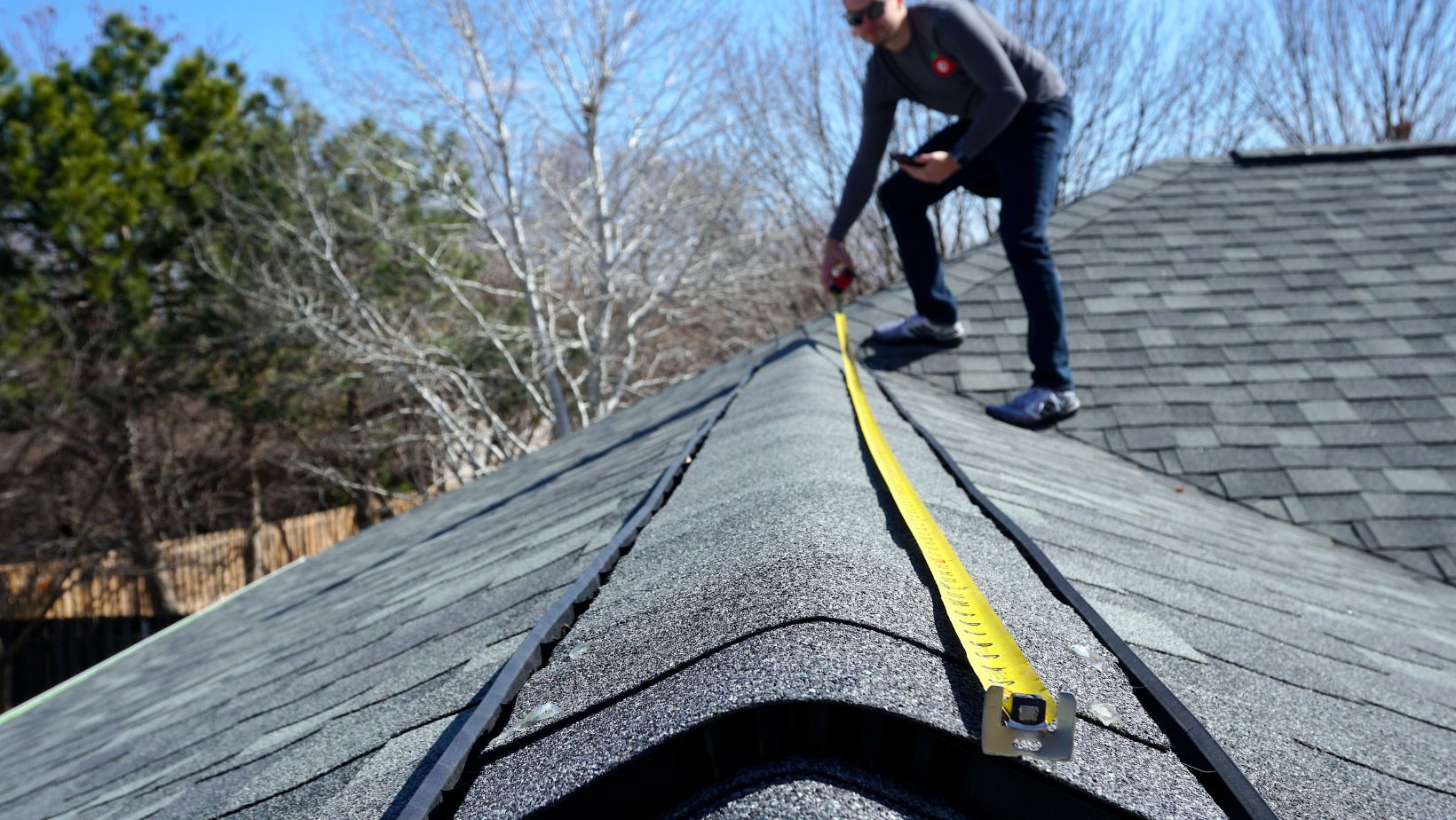A roof rarely fails all at once. Damage often builds gradually, starting as a small issue that worsens with time. Homeowners who spot the early warning signs can avoid more extensive—and costly—repairs down the line. A well-maintained roof protects the home from water damage, insulation loss, and even structural weakening. Knowing what to look for is the first step in preventing further issues. Here are six common signs that your roof might be due for repair.
Identifying Daylight Intrusion
Noticing light filtering through the roof boards when you’re in the attic is never a good sign. These beams of light are more than just inconvenient—they suggest there are openings in the roofing structure, allowing external elements to sneak in. Once daylight finds a path through, water can too. Leaks often begin as tiny breaches, and if ignored, these gaps expand as wind, rain, and debris wear down the material further. If you’re unsure whether the shafts of light signal serious trouble or minor wear, it’s best to consult experienced professionals. Many homeowners have found peace of mind by turning to trusted roofers for homes who understand how to assess subtle indicators and provide solutions before the damage escalates. It’s far better to patch a compromised area early than to wait for the next storm to decide for you.
Curled or Cracked Shingles
Shingles are the armor of your roof, designed to protect everything beneath them. When they begin to curl, crack, or lose granules, it’s often a sign they’ve aged beyond their effective lifespan. Temperature shifts, UV rays, and repeated wet-dry cycles contribute to their breakdown. Cracks form as the material becomes brittle, while curling indicates that the shingle is detaching from the underlayment.
This deterioration isn’t just cosmetic. Compromised shingles leave areas exposed to moisture, which can seep through to wooden decking and insulation below. Once water reaches those inner layers, the cost and scope of repairs increase significantly. A quick glance from ground level might not reveal the full extent, so climbing a ladder—or hiring someone to—is often necessary to spot these warning signs in time.
Discoloration or Stains on Ceilings and Walls
A brown or yellow stain on the ceiling isn’t just an eyesore; it usually means water is getting in from somewhere. These stains form when moisture soaks through insulation and drywall, leaving mineral deposits behind. They can start small and grow over time, indicating a leak that’s either expanding or recurring.

Often, these leaks don’t align neatly above the visible stain. Water can travel along beams or insulation before finally dripping down, making the source harder to trace. If you’re noticing these marks, it’s time to investigate your attic, inspect the roof above, or call someone who can. Ignoring them won’t make them disappear—they’ll grow, and they might invite mold along the way.
Missing Shingles or Flashing
After a storm or high winds, a quick roof inspection might reveal patches that look bare. Missing shingles are among the more obvious signs that your roof needs attention. Once the top layer is gone, the material underneath is exposed to rain, hail, and debris, accelerating wear. Flashing—those thin pieces of metal around chimneys, vents, and skylights—plays an equally important role. When it loosens or falls off, water has a direct path inside.
These gaps often occur at the most vulnerable points of a roof. Around corners, joints, or protrusions, even a small breach can become a large issue in a short amount of time. Catching these missing pieces early can make the difference between a simple repair and a full replacement.
Sagging Roofline
Your roof should follow a straight, solid line. When it begins to dip or sag in places, something beneath the surface isn’t holding up. This usually points to structural issues—maybe the decking has rotted, or moisture has weakened support beams. The weight of snow, pooled rainwater, or layers of heavy shingles can also cause this kind of deformation.

It might not leak right away, but a sagging roof never corrects itself. Left unchecked, the damage progresses, sometimes leading to a partial collapse. Spotting a droop from the street should prompt a closer look or a professional inspection. Structural issues tend to worsen quietly, and waiting often narrows your options for repair.
A roof quietly does its job for years, often without complaint. But when it starts to fail, it leaves subtle messages long before leaks or structural damage appear. From daylight in the attic to sagging lines, these signs are early warnings that demand attention. Waiting can turn a minor repair into a major overhaul. Staying ahead of the damage starts with knowing what to look for—and acting on it when you see it. A well-maintained roof not only protects your home but also preserves its value for the future.
